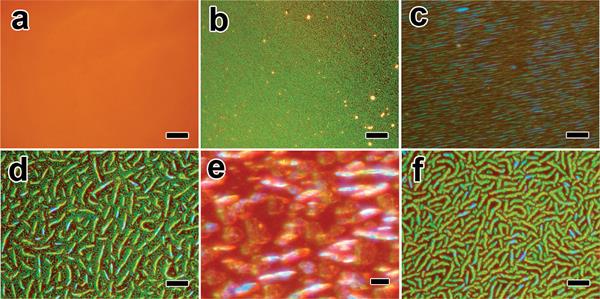Magnetic Assembly Of Nonmagnetic Particles Into Photonic Crystal Structures
Patent Status
| Country | Type | Number | Dated | Case |
| United States Of America | Issued Patent | 9,341,742 | 05/17/2016 | 2011-245 |
Full Description
Background
Photonic crystal structures in 1-, 2- and 3-dimensions offer interesting and attractive opportunities for the control and manipulation of light. Photonic band gap fibers when properly designed can confine light in a lower index core or even a hollow core (air or gas). Bandgap fibers with hollow cores can, for example, support the creation of fibers that guide light in wavelengths for which transparent materials are not available. Practical application of photonic crystals, especially those with bandgaps in the visible range, has been limited by the low efficiency and high cost involved in conventional lithographic fabrication techniques.
A significant challenge with self-assembly methods that have been developed to date is that the formation of high-quality colloidal crystals over a large area are usually time consuming and therefore suffer from low production efficiencies.
Current Invention
Inventors at UCR have been able to develop a process for the rapid formation of photonic crystal structures by the assembly of uniform nonmagnetic colloidal particles in ferrofluids using external magnetic fields. Optical microscope images of the assembly of 185 nm polystyrene beads dispersed in the ferrofluid in a 30 micron thick fluid film sandwiched between two glass slides under different magnetic fields. (a) 0 G and 0 G/cm; (b, c) 300 G and 580 G/cm; (d, e) 500 G and 982 G/cm and (f) 1500 G and 2670 G/cm. The field direction is parallel to the viewing angle in (a, b, d, f), but tilted for ~ 15 degrees and 60 degrees away from the viewing angle in (c) and (e) respectively. All scale bars are 20 microns except 50 microns for (e).
Advantages
- 3D photonic crystals with high reflectance (83%) in the visible range can now be rapidly produced within several minutes.
- Easily scalable process.
- Method can be extended to assembly of building blocks with different compositions and morphologies.
Suggested uses
- Color display devices
- Sensors
- Active optical components
- Photonic band gap fibers
Related Materials
Inventions by Prof. Yadong Yin
Please see all inventions by Prof. Yadong Yin and his team at UCR
Contact
- Venkata S. Krishnamurty
- venkata.krishnamurty@ucr.edu
- tel: View Phone Number.
Other Information
Keywords
Self-assembly, ferrofluid, magnetic hole, colloids, photonic crystaals, nanocrystals
